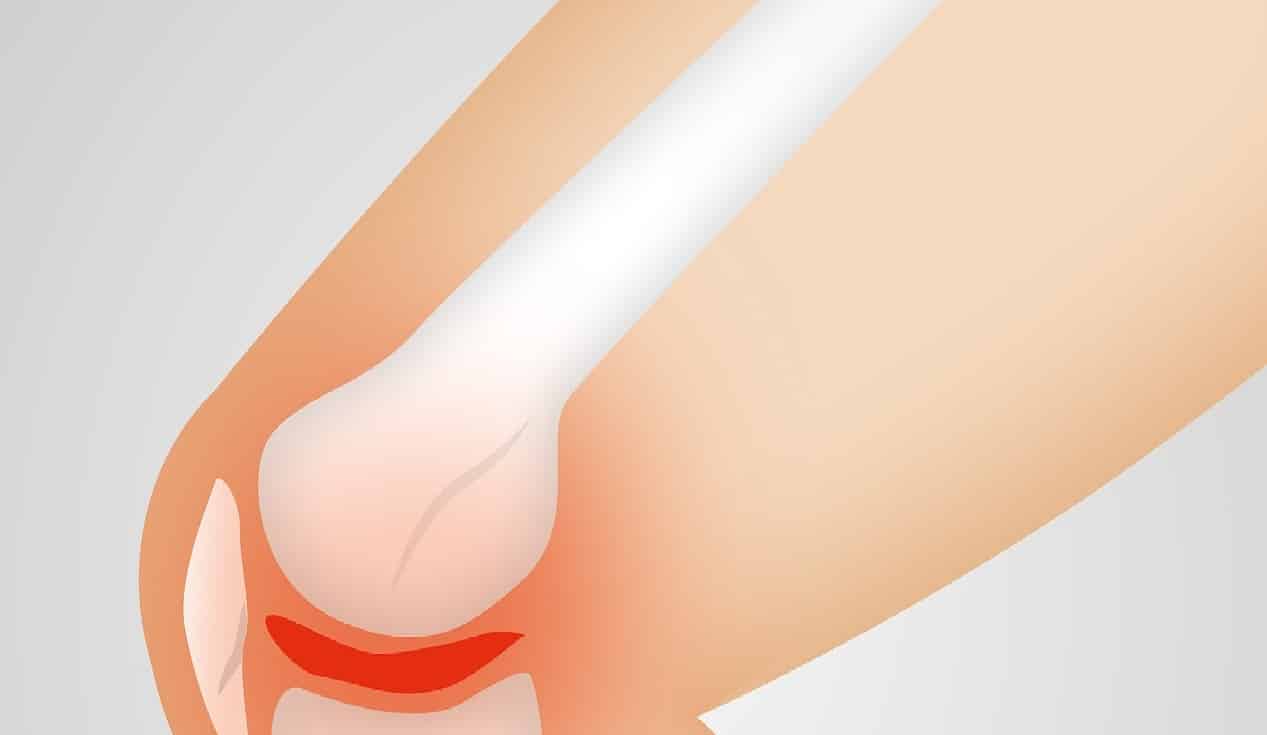Arthrosis and its symptoms. How to determine if joint problems are due to arthrosis or other causes? At Nefrocenter Diagnostica, you can undergo all tests to assess the health of your joints. This way, if arthrosis is diagnosed, the correct therapy can be planned to prevent the condition from worsening. Arthrosis typically appears after age 50 and affects both males and females, partly due to lifestyle and work activities. However, women are more commonly affected post-menopause due to hormonal changes in their bodies.
Arthrosis: What is It
It is a disease caused by joint wear that results in cartilage reduction. The main cause is aging of the human body. The most affected areas are the hips, knees, and spine. To a much lesser extent, it can affect hands and feet.
The disease manifests with the deterioration of cartilage that covers the bones. The cartilage’s role is to reduce friction; therefore, when damaged, it causes various problems. One of these is loss of elasticity. For example, in the knee, bending can become reduced, more rigid, and consequently cause bone damage. The tendons and ligaments of the affected joints become inflamed and cause pain. In severe cases, bones rub against each other. This increases pain, swelling, and stiffness in the person affected by the condition. Osteophytes may also appear.
Osteophytes: What are They
Osteophytes are growths, also called bone spurs, that form when there is chronic degeneration of body bones. They can appear in the knee, hip, and spinal discs. Initially painless, their presence can still inflame the joint and consequently generate pain symptoms. In some cases, this occurs acutely, especially during physical activity. Osteophytes are particularly visible on the hands.
Causes of Arthrosis
Several factors, besides age, can affect arthrosis. One of the major factors is heredity, transmitted through generations. Those who have had joint injuries or fractures may develop arthrosis. Overweight and obesity also play a role. Weight carried for long periods damages joints that bear more load than they can support, with hip, knee, and foot being the most at-risk areas. There are also deteriorating jobs that can cause arthrosis, such as those requiring kneeling or extensive use of fingers and shoulders.
Not only work can be wearing. Sports too. For instance, soccer players subject their knee and ankle cartilage to continuous stress and may develop arthrosis.
If you suffer from arthritis manifesting as gout, pseudogout, or rheumatoid arthritis, this can cause arthrosis. Other diseases, such as circulatory conditions, can cause arthrosis: these include hemophilia and avascular osteonecrosis.
Difference between Arthritis and Arthrosis
Arthritis is an autoimmune disease. It means the body no longer recognizes its own immune system cells and tissues and attacks them. Essentially, it is inflammation of a membrane. Arthrosis, however, is a degenerative disease.
Symptoms of Arthrosis
The symptoms of arthrosis include joint stiffness, pain that may persist over time, and movement difficulty due to limited use. Pain is one of the main symptoms because it is mechanical in nature. It can appear after physical exertion or when loading the affected joint. It is usually more intense in the evening and reduces with rest. In some cases, the joint feels like it’s giving way and makes noises that in medical terms are called joint crepitus.
In some people, symptoms are not evident and only an X-ray examination can enable diagnosis. This is why the equipment used by Nefrocenter Diagnostica is state-of-the-art with optimized results to allow for the best possible evaluations.
Arthrosis in the Hands
On the hands, Heberden’s nodes may appear and affect the fingers. Near the fingers, Bouchard’s nodes appear. Their presence can be painful and also cause limitation in finger movements.
Arthrosis of the Spine
In the spine affected by arthrosis, osteophytes manifest. Their presence is evident as they represent protrusions from the vertebrae and irritate the nerves. Consequently, the person experiences pain, tingling, and numbness in certain parts of the body.
at Nefrocenter Diagnostica all Examinations
To verify if you have arthrosis, you can undergo all tests at Nefrocenter Diagnostica. After an initial medical consultation, digital joint radiology, an evolution of X-ray, will be essential. Through this diagnostic examination, an important assessment can be made to verify if there are already bone deformations, osteophytes, and cysts. If arthrosis is in its initial phase, a magnetic resonance imaging may be useful.
Nefrocenter Lab to Complete the Examinations
After X-ray or possible magnetic resonance imaging, it is advisable to undergo blood tests. At Nefrocenter Lab, through a
Treatments, therapies, and specialists in Rome at RAH, follow the link:
https://www.rah.it

